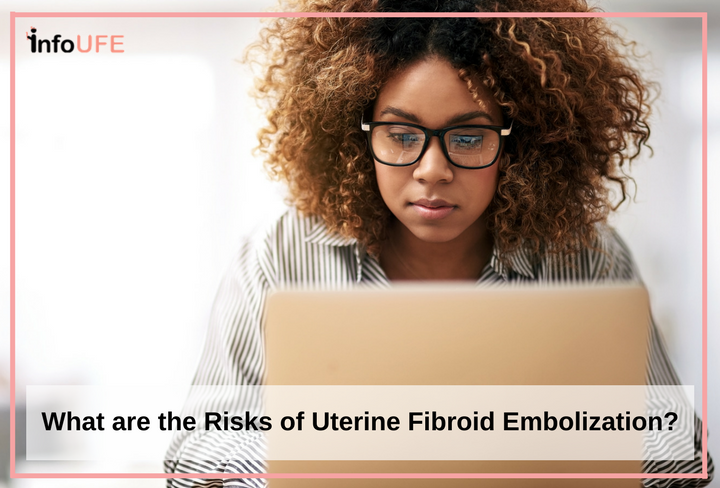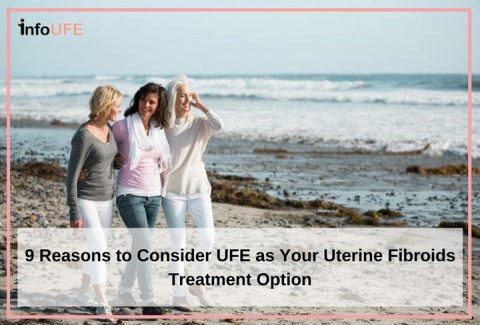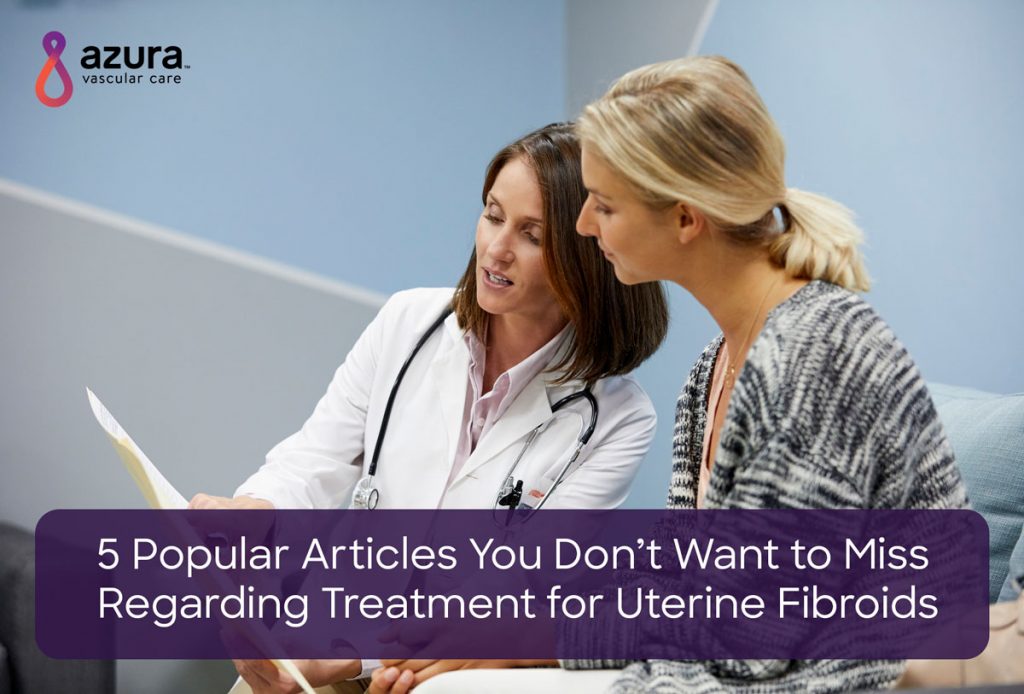
If you have been diagnosed with uterine fibroids and experience significant symptoms, treatment may be necessary. You’ll want to learn all you can about the various treatment options so that you can make the best decision for your care. For your convenience, we’ve compiled our top articles about treatment for uterine fibroids, which covers frequently asked questions about surgical options available to remove uterine fibroids and non-surgical uterine fibroid embolization (UFE) which provides a symptomatic relief with a quicker recovery. Topics also include expectations during UFE recovery, UFE risks, and interesting facts unique to UFE. Click the links below to learn more about each article.
- Everything You Need to Know About Uterine Fibroid Removal Surgery
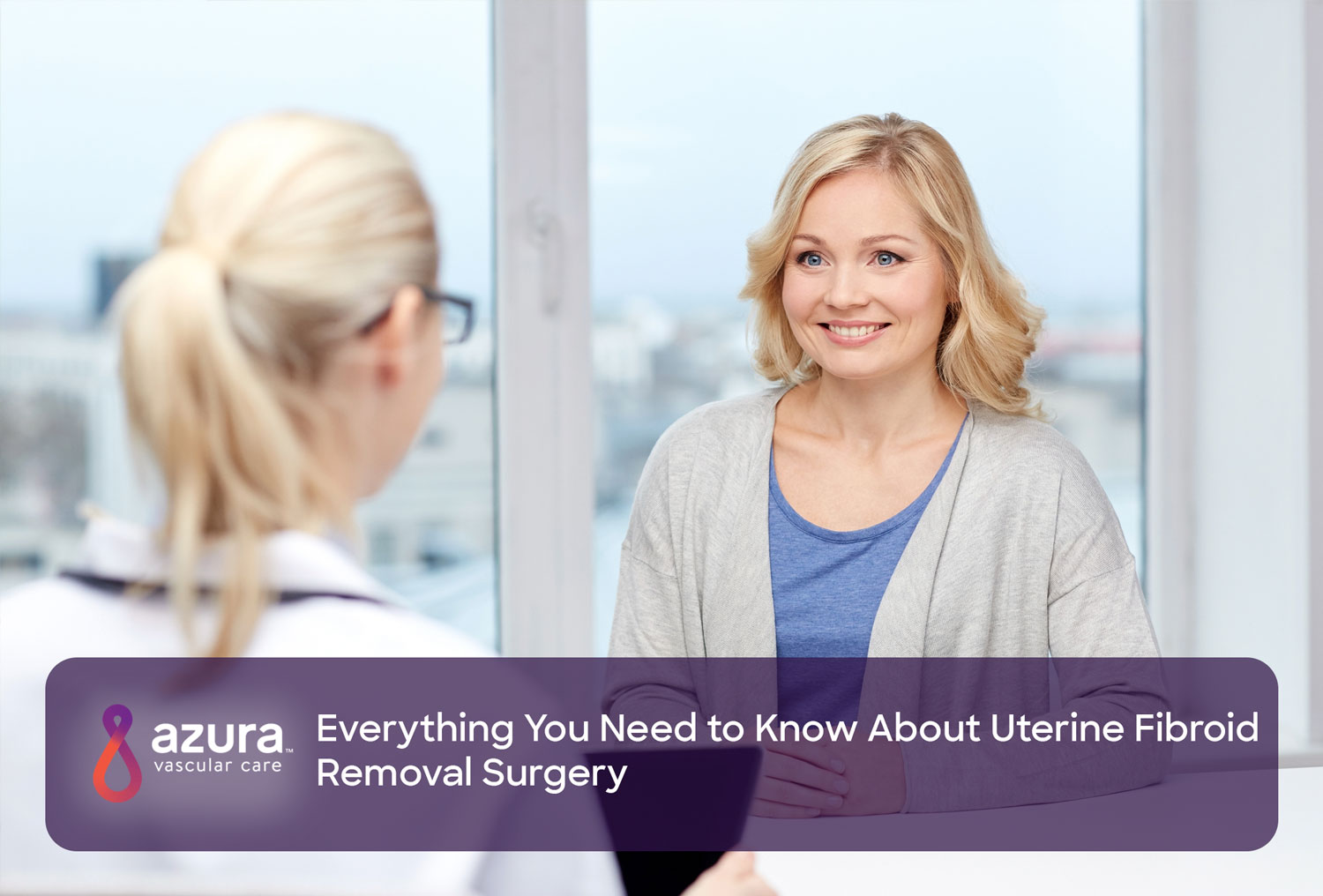 Before you decide on surgery to treat your uterine fibroids, read this article to learn more about the myomectomy and hysterectomy surgical procedures, recovery time, related complications, and the pros and cons of each. Also, please know that there is an alternative treatment option for your uterine fibroids that does not involve surgery. Uterine fibroid embolization (UFE) is a minimally invasive treatment method that can be performed as an outpatient procedure with no overnight stay and a much shorter recovery period. You have a choice—and it’s important to understand all your options before making a decision on how to treat your uterine fibroids.
Before you decide on surgery to treat your uterine fibroids, read this article to learn more about the myomectomy and hysterectomy surgical procedures, recovery time, related complications, and the pros and cons of each. Also, please know that there is an alternative treatment option for your uterine fibroids that does not involve surgery. Uterine fibroid embolization (UFE) is a minimally invasive treatment method that can be performed as an outpatient procedure with no overnight stay and a much shorter recovery period. You have a choice—and it’s important to understand all your options before making a decision on how to treat your uterine fibroids. - Uterine Fibroid Embolization FAQs
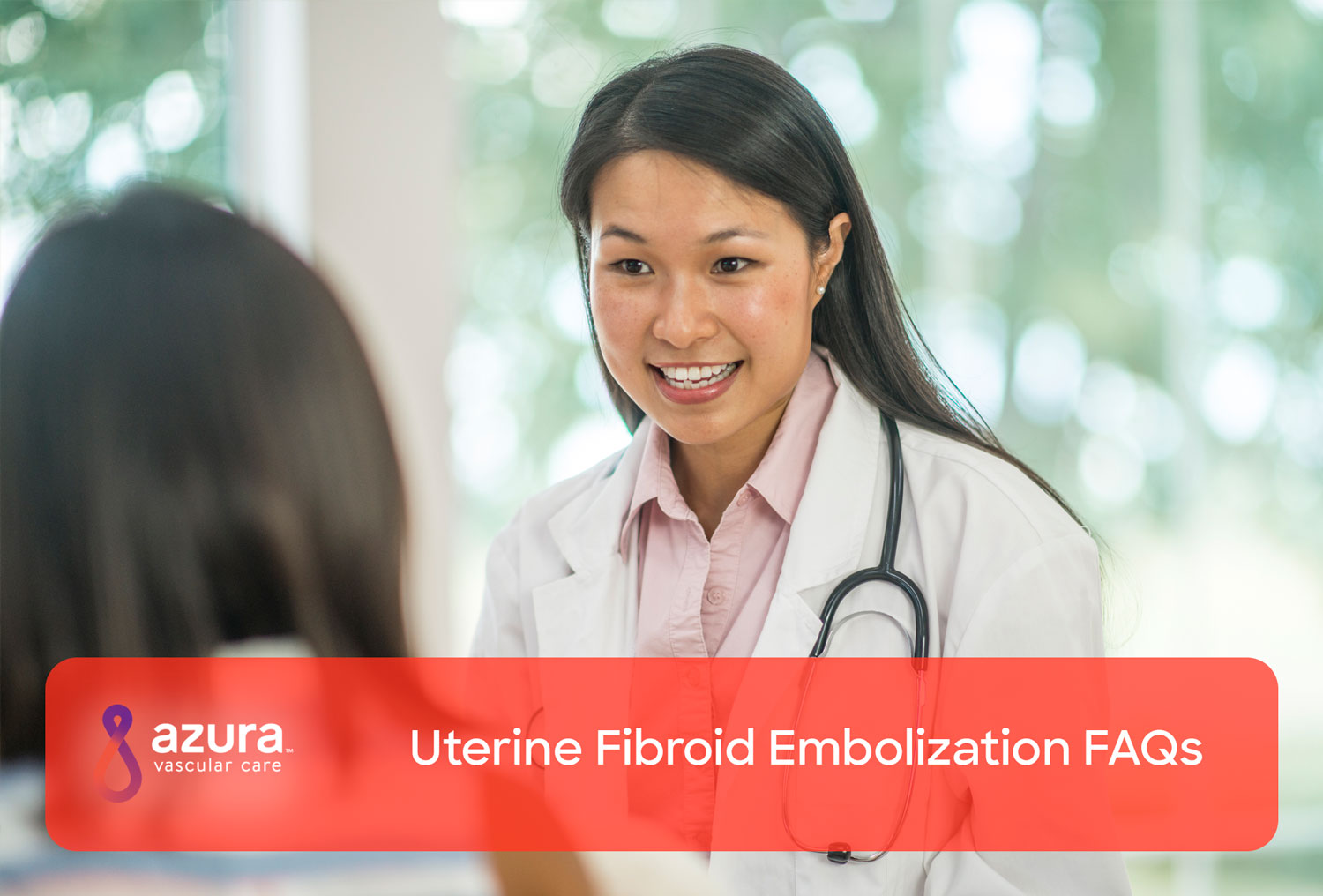 As you consider the different methods of treating your uterine fibroids, you may have many questions about what to expect before, during and after the various treatment procedures. This article features specific information on the non-surgical UFE procedure—from diagnosis to UFE procedure details to expectations after UFE. Get answers to some or all of your questions.
As you consider the different methods of treating your uterine fibroids, you may have many questions about what to expect before, during and after the various treatment procedures. This article features specific information on the non-surgical UFE procedure—from diagnosis to UFE procedure details to expectations after UFE. Get answers to some or all of your questions. - What Should I Expect During My Uterine Fibroid Embolization Recovery?
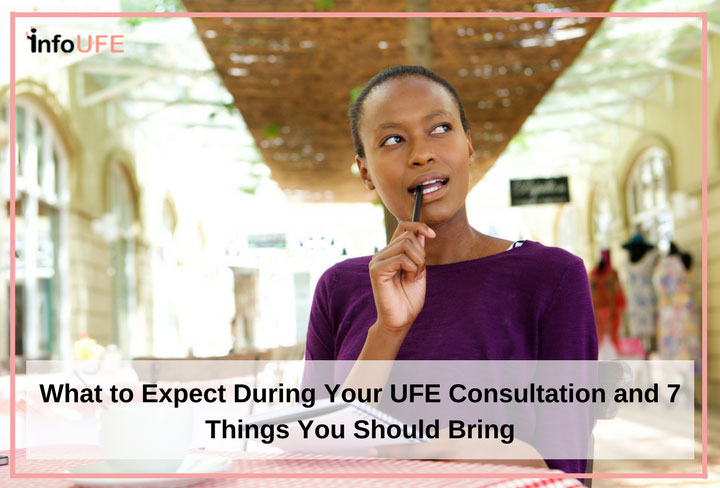 With the UFE procedure, many women return to their daily activities within eight to 14 days compared to six to eight weeks or more for a hysterectomy or myomectomy. Learn about what will typically happen in the first 12 hours and in the first two weeks after the UFE procedure, as well as improvement in fibroid symptoms after UFE.
With the UFE procedure, many women return to their daily activities within eight to 14 days compared to six to eight weeks or more for a hysterectomy or myomectomy. Learn about what will typically happen in the first 12 hours and in the first two weeks after the UFE procedure, as well as improvement in fibroid symptoms after UFE. - What Are the Risks of Uterine Fibroid Embolization
 You’ve researched uterine fibroid treatment options and have decided against surgery. With the UFE procedure, there’s less risk and fewer complications compared to surgery. It’s a safe and effective, same-day procedure performed in an outpatient setting that allows you to recover in the comfort of your home. Although UFE is minimally invasive, it is a medical procedure and has potential risks. This article summarizes the various risks involved while undergoing a UFE procedure.
You’ve researched uterine fibroid treatment options and have decided against surgery. With the UFE procedure, there’s less risk and fewer complications compared to surgery. It’s a safe and effective, same-day procedure performed in an outpatient setting that allows you to recover in the comfort of your home. Although UFE is minimally invasive, it is a medical procedure and has potential risks. This article summarizes the various risks involved while undergoing a UFE procedure. - 8 Things You Need to Know About the UFE Procedure
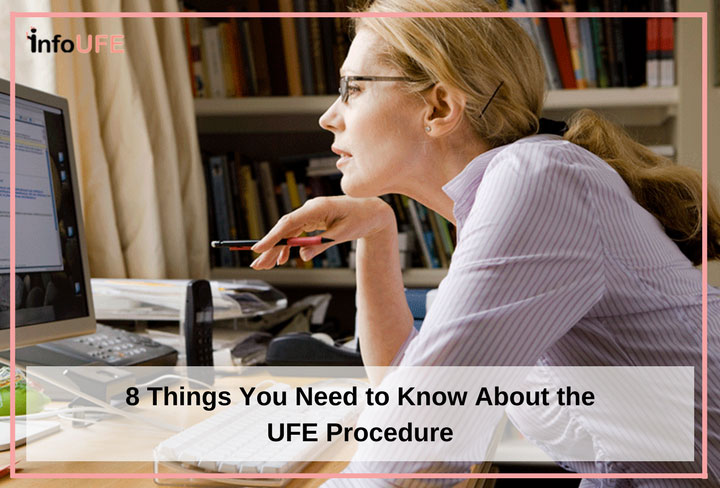 If you’re considering the UFE procedure, this quick, easy-to-read article outlines eight important points surrounding the UFE procedure. Learn about the type of physician that performs a UFE, what happens to your uterus after UFE, why a contrast dye is used with the UFE procedure, recovery period and more.
If you’re considering the UFE procedure, this quick, easy-to-read article outlines eight important points surrounding the UFE procedure. Learn about the type of physician that performs a UFE, what happens to your uterus after UFE, why a contrast dye is used with the UFE procedure, recovery period and more.
Many women with painful and heavy periods attain relief from their symptoms with UFE, and many women resume their normal routine in about a week. In fact, 70 to 90 percent of women experience significant relief of their uterine fibroid symptoms without surgery.
If you are seeking a minimally invasive treatment for uterine fibroids and you want to find out if you are a good candidate for the UFE procedure to provide relief from symptomatic pain and discomfort, request a consultation with one of our vascular specialists today.
